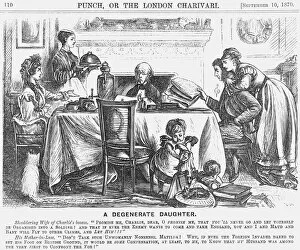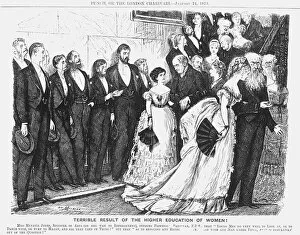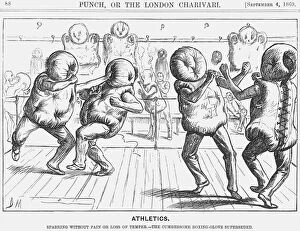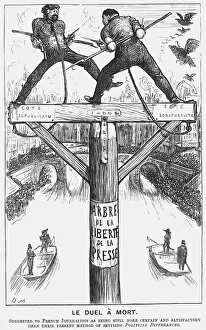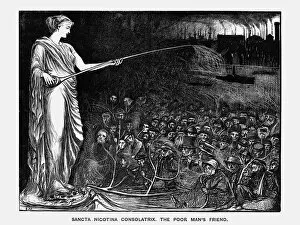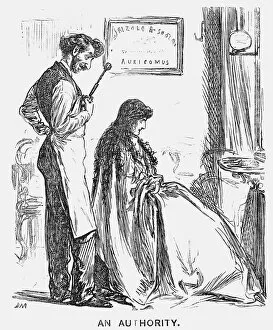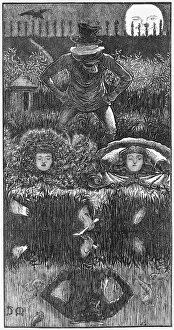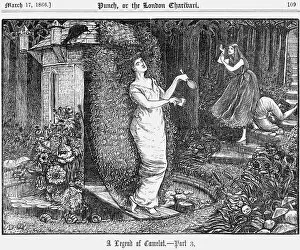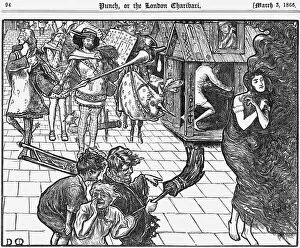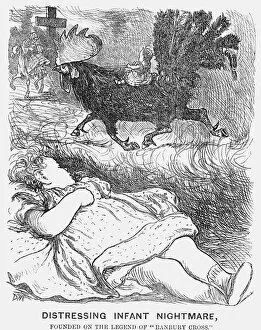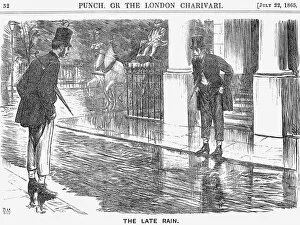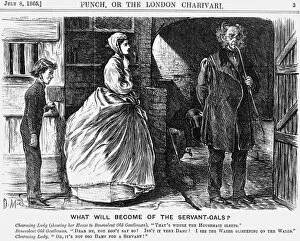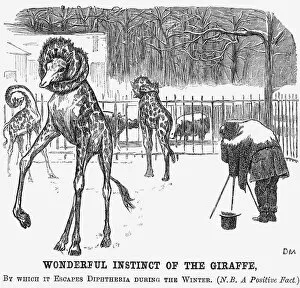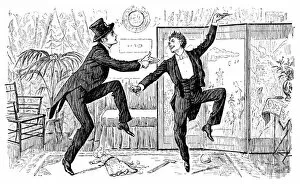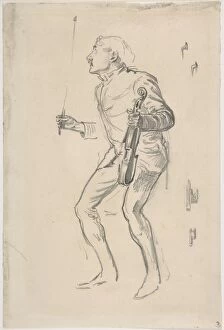George Du Maurier Collection (#6)
George du Maurier was a talented artist who made significant contributions to the world of art and literature
For sale as Licensed Images
Choose your image, Select your licence and Download the media
George du Maurier was a talented artist who made significant contributions to the world of art and literature. His work spanned various genres, from mesmerism to mystery novels, capturing the imagination of his audience. In 1883, du Maurier delved into the realm of mesmeric science, creating captivating illustrations that showcased the development of this intriguing field. His attention to detail and artistic flair brought these scientific concepts to life on paper. One of du Maurier's notable works was "The Mystery of Mirbridge, " a novel by James Payn. In an illustration for this gripping tale, he depicted a scene filled with suspense and intrigue. The question echoed in the air: "What. Is it possible that you will not tell him?" This image perfectly captured the essence of the story and left viewers eager for more. Du Maurier's talent extended beyond books; he also contributed his skills to charitable events like "The Silver Fete" at the Anglo-Danish Exhibition in aid of the Victoria Hospital for Children. Through his artwork, he helped raise awareness and funds for this noble cause. His versatility as an artist is evident through diverse subjects such as seaside amusements, motherly discipline, gentlemen engaging in post-dinner conversations while smoking cigars – all beautifully portrayed by du Maurier's hand. In 1876, George du Maurier created a masterpiece that showcased his exceptional abilities. This particular piece encapsulated London's bustling street scene during that era – capturing its vibrancy and energy with every brushstroke. Du Maurier also had an eye for leisure activities enjoyed by society members during Victorian times. From ladies' tennis matches to games of lawn tennis or visits to circulating libraries – he skillfully immortalized these moments on canvas. Through his artistry and creativity, George du Maurier left an indelible mark on both visual arts and literature alike. His legacy lives on through each stroke of genius displayed in his works, captivating audiences for generations to come.

